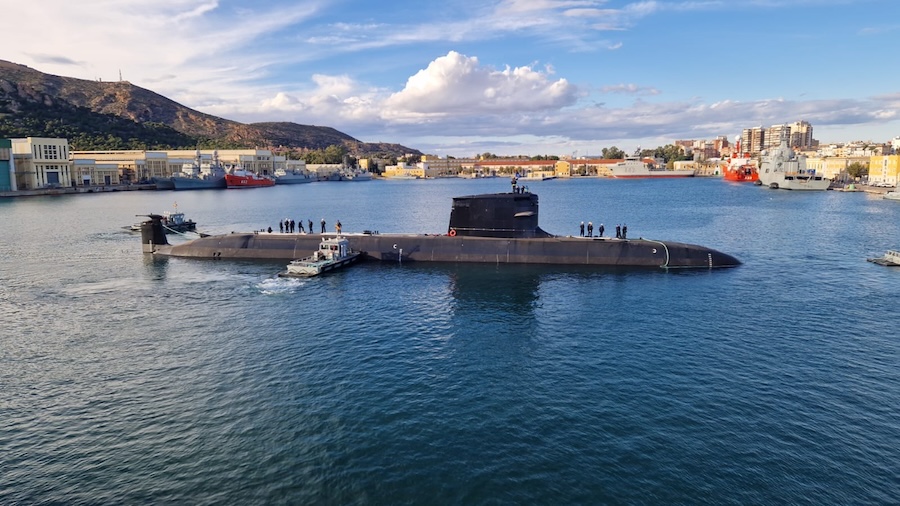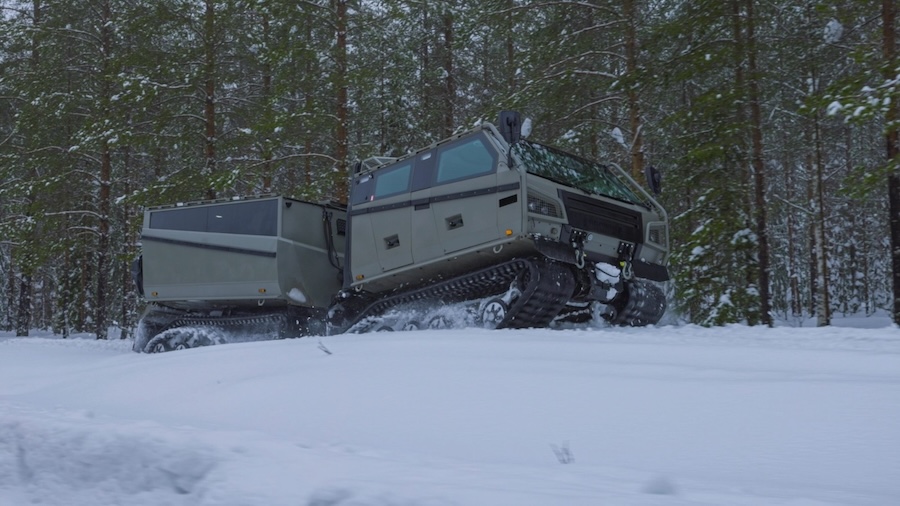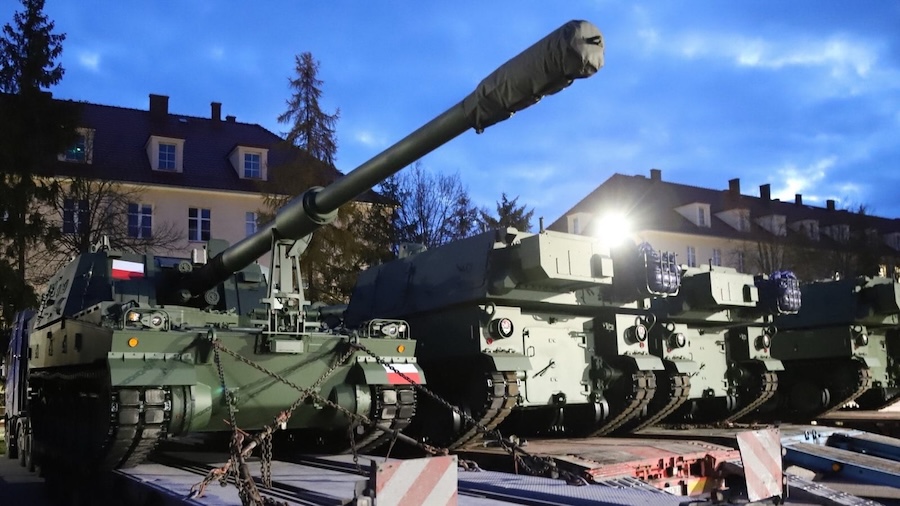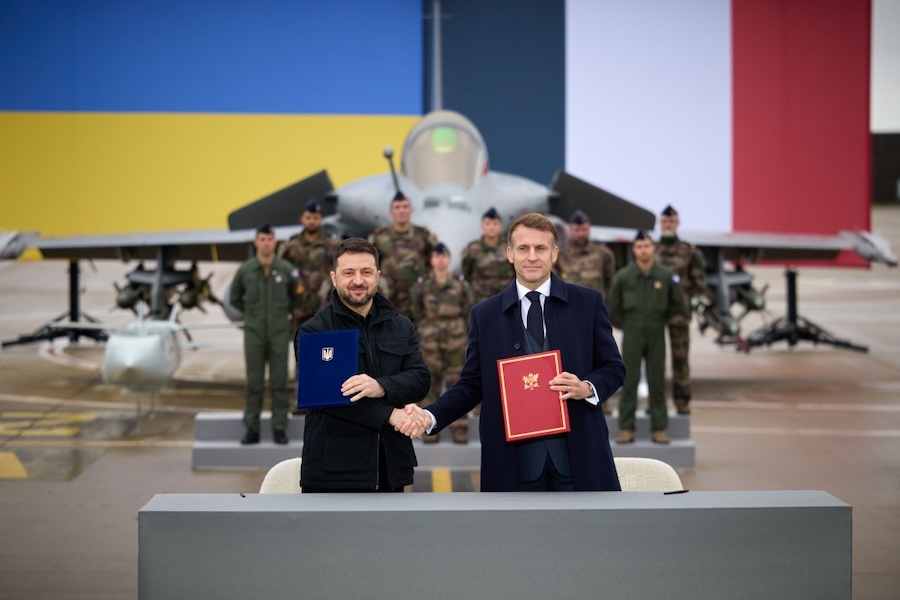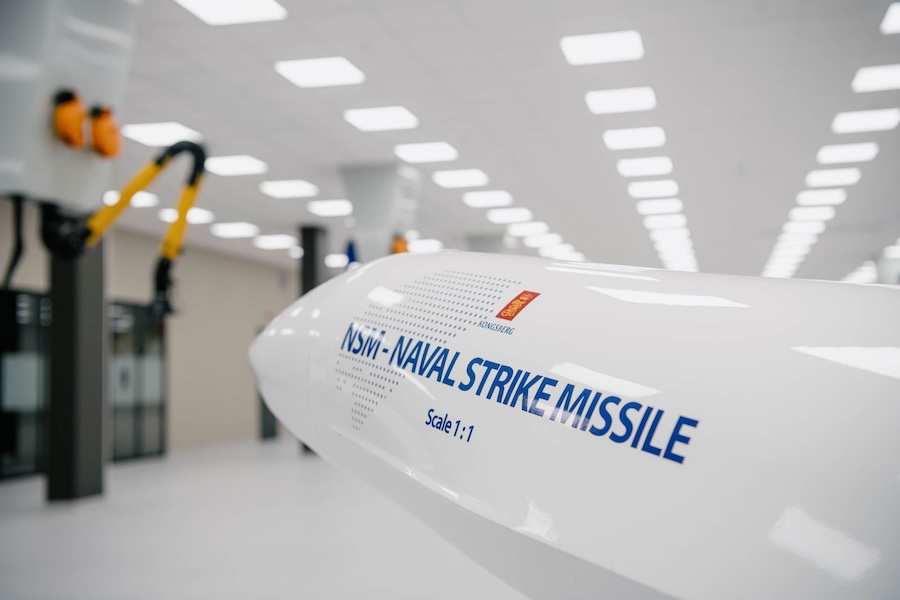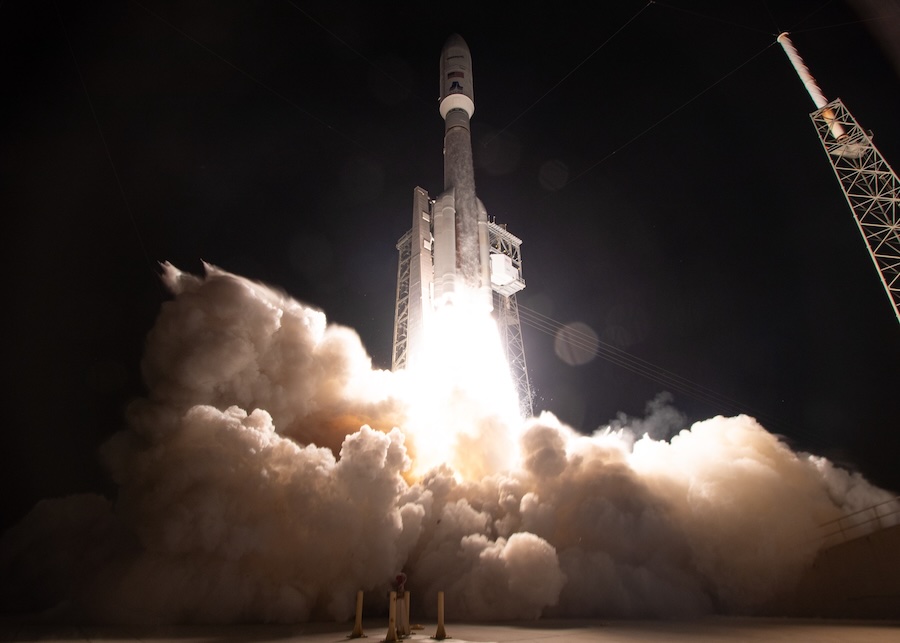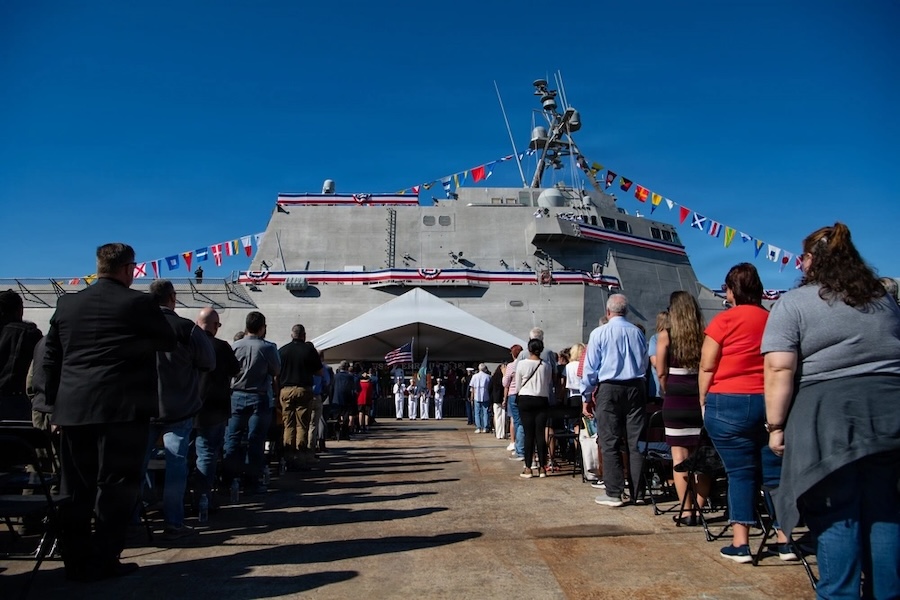Two L3Harris software defined radios supported the activity, with one installed on the MQ-20 Avenger and the second integrated into the F-22 Raptor. Using the Pilot Vehicle Interface tablet and the aircraft’s GRACE module, the system provided end to end communications that enabled the F-22 to command and control the MQ-20 in flight.
Lockheed Martin Skunk Works’ flexible and hardware agnostic Pilot Vehicle Interface formed part of the demonstration to showcase capabilities linked to the U.S. Air Force’s Collaborative Combat Aircraft family of systems.
“This effort represents Skunk Works bringing its diverse and unique expertise to the table to lead the way demonstrating the future of air combat, where single-seat aircraft command and control drones with simple and intuitive interfaces in the cockpit,” said OJ Sanchez, vice president and general manager, Lockheed Martin Skunk Works.
The flight highlighted non-proprietary, U.S. government owned communications capabilities and the ability to fly, transition, and re-fly hardware central to the Open Mission Systems and skills based unmanned autonomy ecosystem. The test took place at the Nevada Test and Training Range and forms part of an ongoing internally funded series designed to show what is possible in manned and unmanned teaming.










